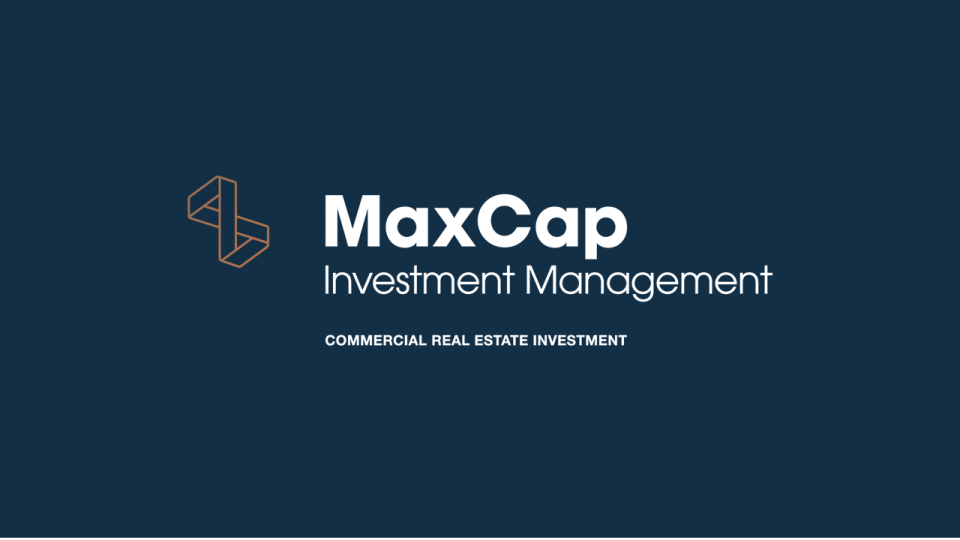
Article by journalist Michael Bleby, 5 June 2019
Non-bank lenders say this week’s cash rate cut will spur growth of Australia’s fast-growing commercial real estate debt sector as it will boost returns for wealthy investors seeking an alternative to cash.
Lender MaxCap, which has about $3.5 billion under management – $2.3 billion of it from institutional lenders and $1.2 billion from family offices and high net worth individuals – said the lower cash rate would deepen the allocation of funding by private investors to commercial debt.
“Look at the return you’re getting versus the cash rate,” said Brae Sokolski, the chief investment officer of non-bank lender MaxCap. “It will enhance the spread. It only in my mind makes investing in commercial real estate debt more compelling for private investors.”
Tuesday’s 25-basis-point reduction, which lowered the benchmark rate to a record-low 1.25 per cent – and which RBA governor Phillip Lowe said is likely to hit 1 per cent by year-end – is likely to boost house prices and renewed development activity as it encourages investors back into residential property.
But the cuts also boost the attraction for private investors of an asset class from which banks are retreating. Australia’s major banks, which account for 85 per cent of the $270 billion market, could pull back to about 70 per cent over the next decade, lender Qualitas estimates.
Michael Holm, the chairman of Balmain Corporation, which has an annual book of $1.5 to $2 billion in non-bank commercial lending, agreed it would boost interest in the sector.
“The return on cash in the bank gets lower, so the imperative to look for alternative asset classes gets stronger,” Mr Holm said.
But he also said cheaper capital could also drive up the cost of commercial real estate assets, which are already at record-low yields.
“It’s a fantastic thing for commercial real estate owners,” Mr Holm said.
“When we’re seeing record-breaking yields on commercial property, I’m interested that we’ve dropped interest rates.”
Even if the central bank hadn’t cut the cash rate, demand from private investors would be strong, Mr Sokolski said.
“The spreads are still so strong at the moment, it won’t deter investors from continuing to support commercial real estate debt,” he said.
“The spreads they’re making are well over 500 basis points on what they’re making with cash in the bank. So while another 25 basis points does help they don’t need to see the 25 to see the value.”


